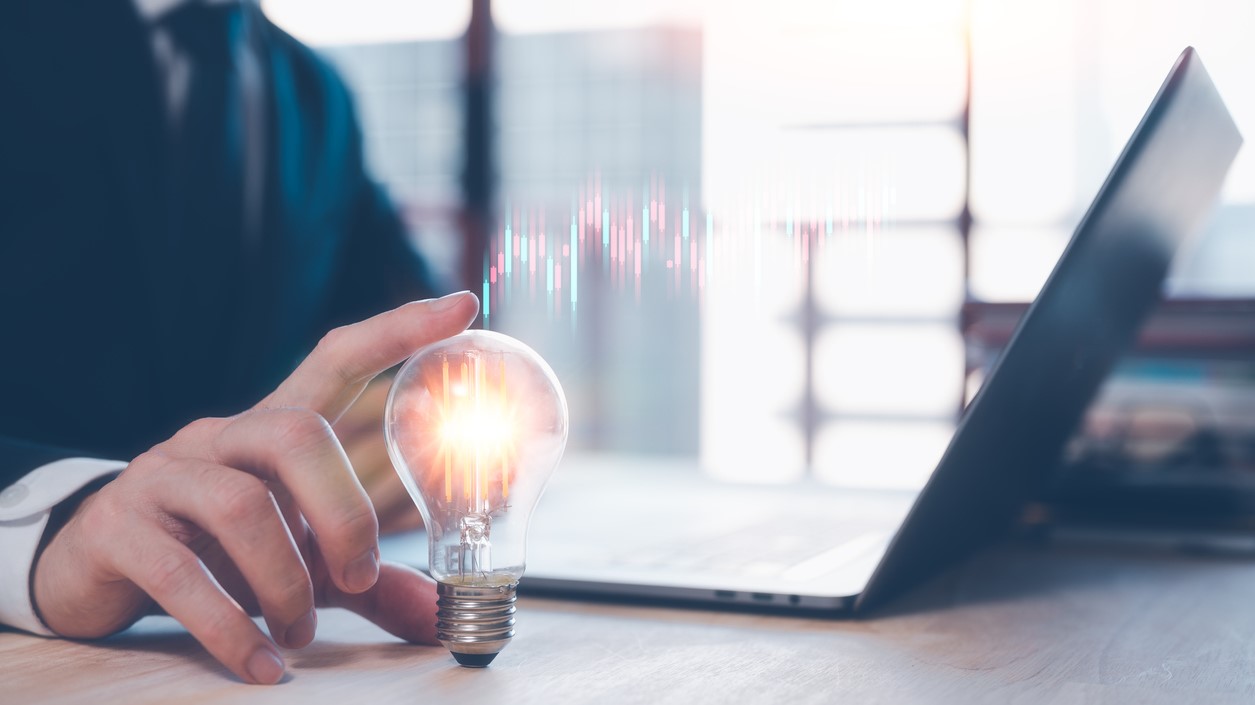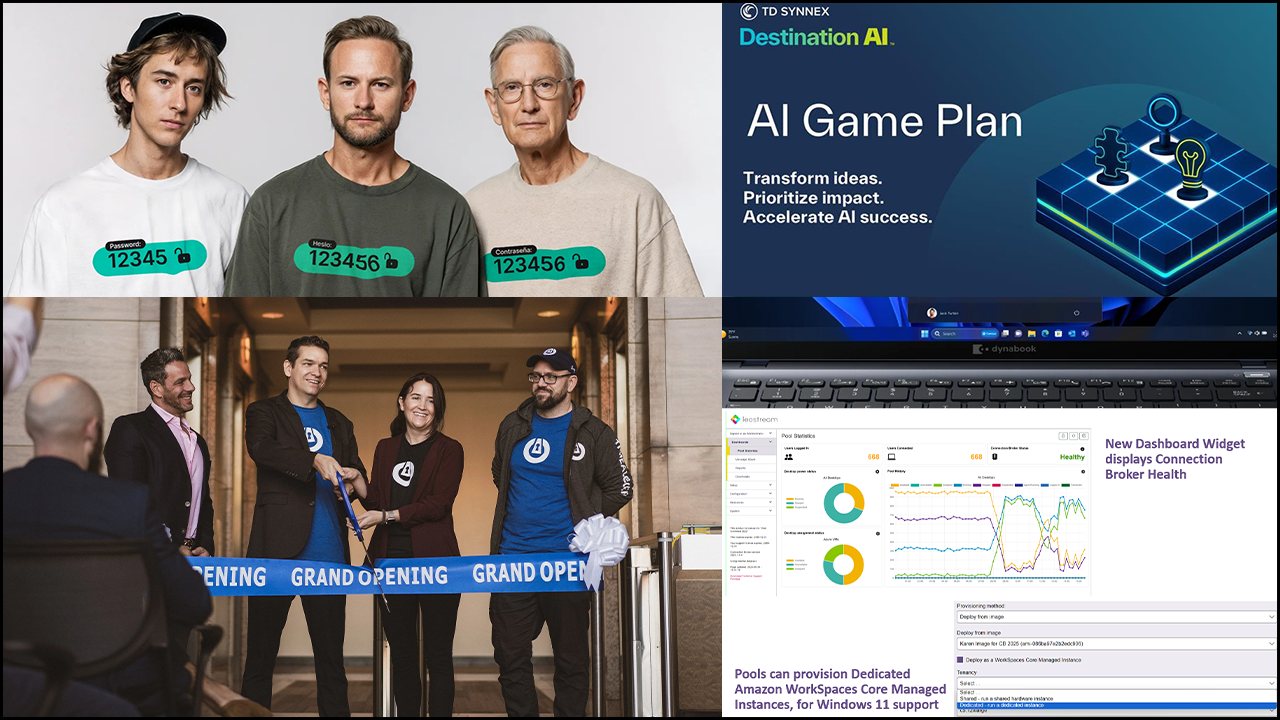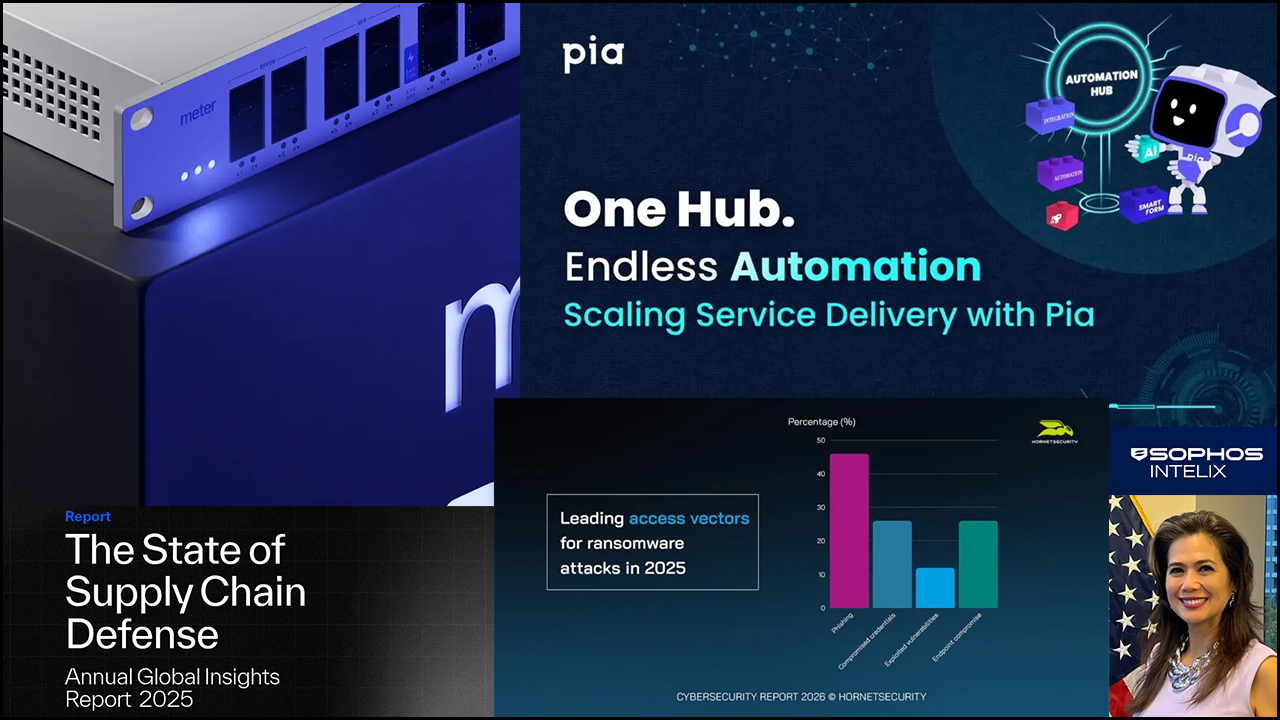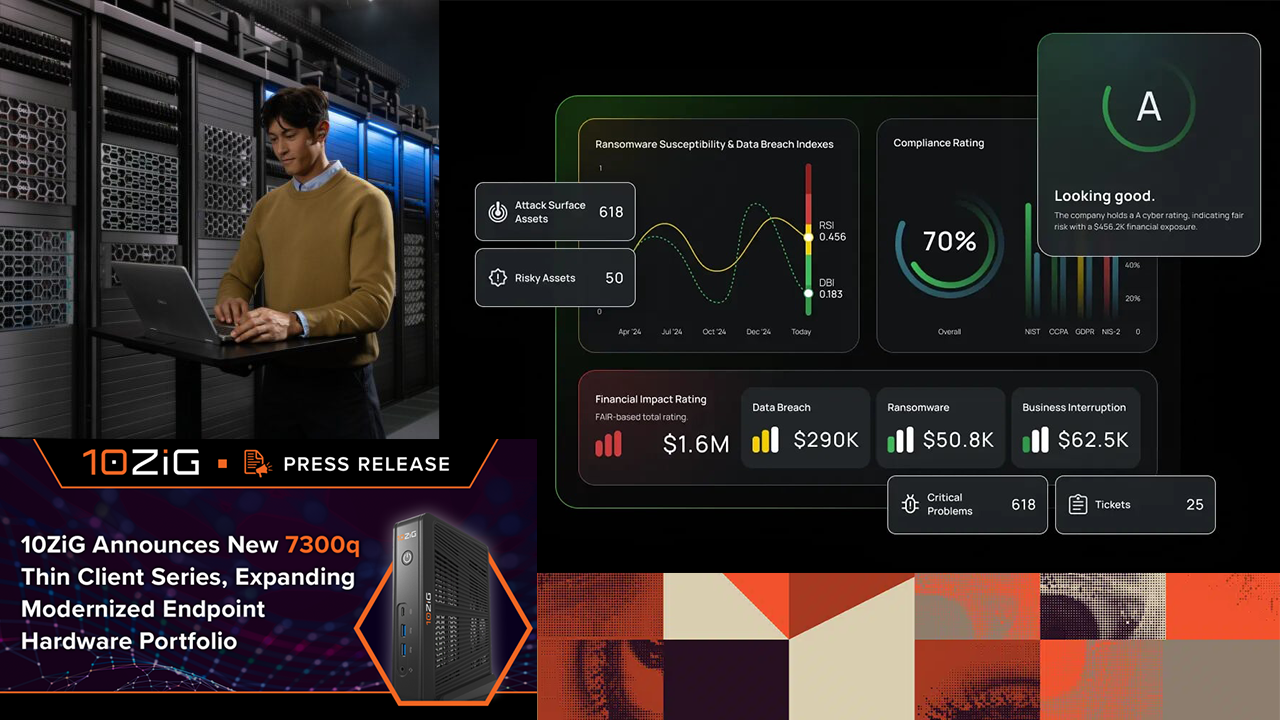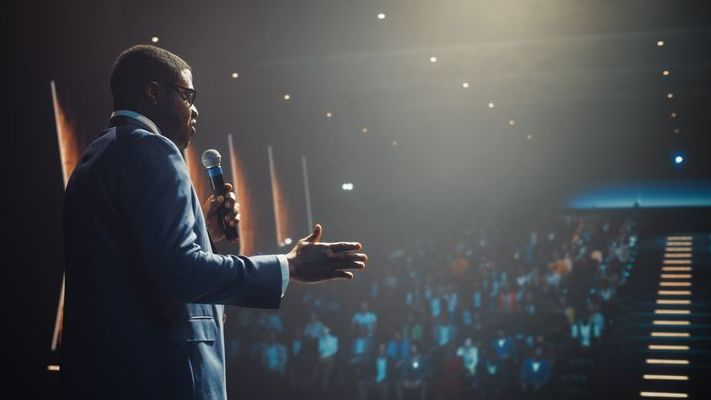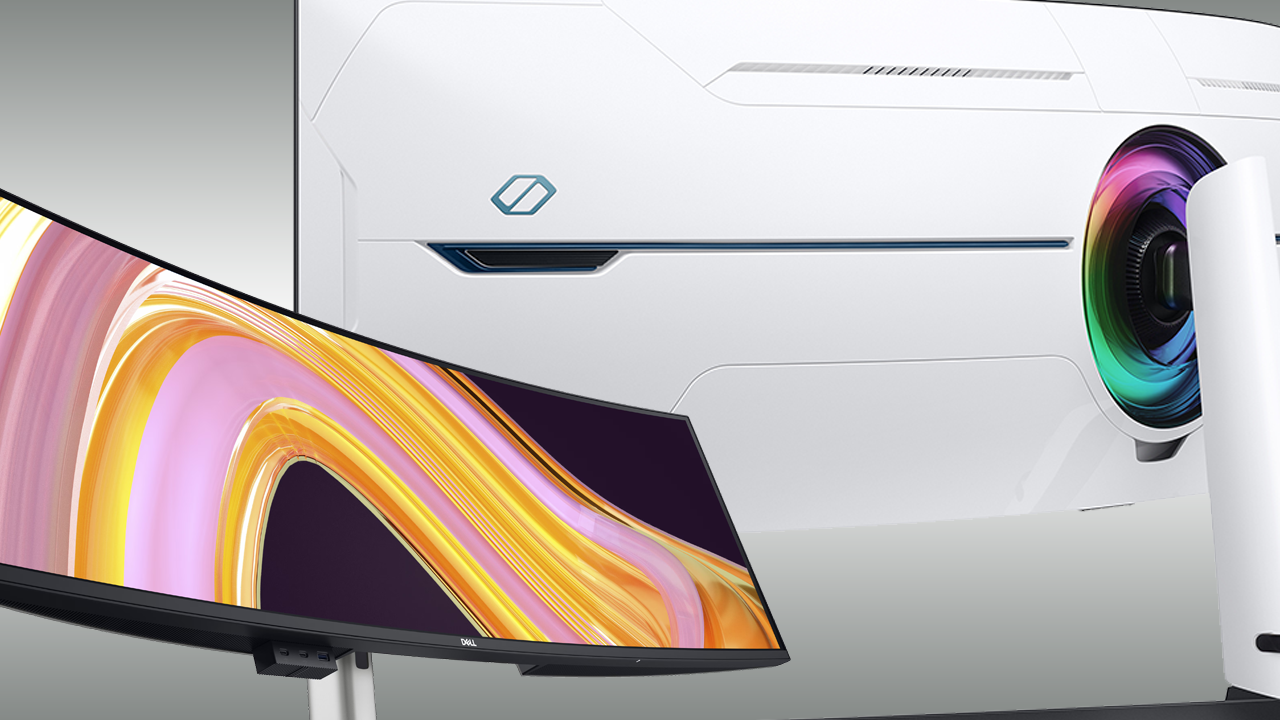Power management can play quite a critical role for MSPs, according to Lawrence Hann, director of channel field digital services at Schneider Electric.
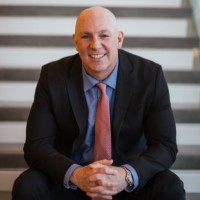
Lawrence Hann
Organizations have more devices for their employees, and are deploying millions of smaller uninterruptible power supplies (UPS) at the edge – when client data processed at the periphery of the network, as close to the originating source as possible. Now, the challenge lies in neglecting the subsequent management of these crucial assets, Hann said.
However, this offers an opportunity for MSPs to address this burgeoning demand to manage power for their SMB customers, thereby creating additional revenue streams.
Here, Hann shares his expertise on the evolving business case for power services, how Schneider Electric is adapting to these industry dynamics, what’s the next hot topic for the future, and more:
ChannelPro: What’s the business case to focus on power? How can MSPs make money building power services into their practices?
Hann: Think of it as the insurance policy for the IT equipment that’s being deployed into customers’ environments. These companies are making really big investments in that equipment, and it is designed to help them either create the offers and services they provide or even deliver them to their customer base. When you think about it from that perspective, the services, the revenue generation, and in some cases the business continuity that these companies are looking for are dependent upon power. We sell uninterruptible power supplies, which basically is a backup battery. So, when the power goes out, it keeps the equipment up and running. Then we have a bunch of other solutions that go around that.
ChannelPro: How easy is the process to integrate your services with common MSP tools and platforms?
Hann: Conceptually, it’s not that difficult within our platform. We have APIs (application programming interfaces) to create the handshake between our software platform ecostructure IT expert and whatever RMM platform they’re using. Based on talking to partners, the key ones are ConnectWise, Autotask, and then there are more at the enterprise level. Today, we only have an integration with ConnectWise. We did a soft launch in May, but we started getting loud about it at the November IT Nation show. We’re looking at ServiceNow and then Autotask as the other two we would integrate.
ChannelPro: What’s the status of those new integrations?
Hann: The next one will be ServiceNow. We’re getting feedback from the community, customers, and partners. That one is a little bit more involved just because of the way ServiceNow brings its offer to market, and the way customers use it. We’re trying to figure out the best way to do it. We have a number of enterprise partners as well as customers that have asked us for support in that area. Then, I would say Autotask would be after that, but there’s no timeframe around it. We also want to make sure we’re successful with the integration we did with ConnectWise. The work we do around Autotask will be dictated by what we learn from ConnectWise. But the kernel we used to create the integration would be the same, so it wouldn’t take us that much time to create the integration. We want to make sure there is value. We think there’s perceived value to partners in the marketplace, but we want to validate it first.
ChannelPro: What’s next for Schneider Electric when it comes to evolving client demands?
Hann: We have a number of efforts around sustainability. We’re trying to build data into our platform to enable partners to provide a sustainable story to their customers in a couple different ways within our software. We’re going to build in carbon data, which enables a partner to once they deploy our software and pull in our assets, we will have the embodied carbon for those assets. They could provide a baseline as to what the carbon footprint looks like, and then we’ll take that and look at some of the operational costs of trying to build it in. The partners that have customers that already started to create ESG goals, or must do it because of the industry they’re in, or if they’re multinational, they can start to build that into our platform. This is so as the U.S. catches up to the rest of the world around sustainability and these partners start getting asked about it, we will have everything in place for them to be able to provide that within their business model to their customers.
ChannelPro: How does your digital services strategy address the security concerns of MSPs and their clients?
Hann: We provide a connected device monitored through the cloud, so cybersecurity is a concern. There are a couple of things we do specific to our platform. We use Microsoft Azure as the backbone for our service, we’re getting our ISO 27000, and we employ white hat hackers [ethical hackers] to find holes in our code. The other thing we see a lot with our distributed UPS is they’re just old. They’ve been out there for 10-15 years, and at some point, they’re not supported anymore for some of the things that need to be done from a compliance standpoint for security. We can give them that visibility so they can start to anticipate or address those things that might lead to security or potential backdoor into their networks.
Image: iStock



